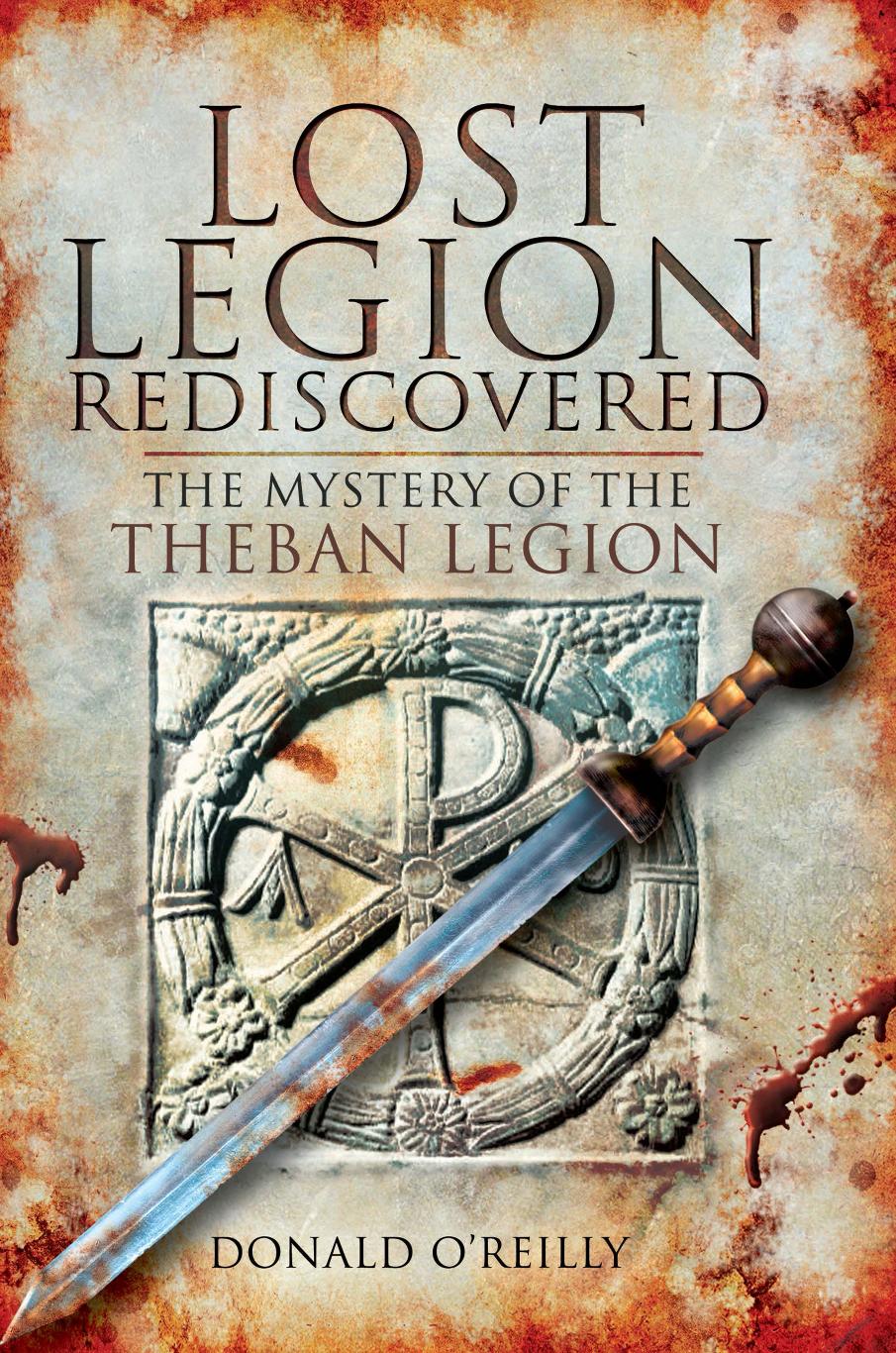Lost Legion Rediscovered by Donald O'Reilly

Author:Donald O'Reilly
Language: eng
Format: epub, pdf
Tags: History/Ancient/Rome
Publisher: Pen & Sword Books
Published: 2014-07-19T00:00:00+00:00
Chapter 15
Destination the Saxon Shore
To our country, right or wrong, may it forever be in the right and if not may we correct it.
Stephen Decatur
Hundreds of Roman coin hoards and hundreds of thousands of Roman coins have been discovered in Englandâs soil. Romans squirreled away coins in pottery buried in the earth because banks did not exist and invasion, civil wars, slave revolts and banditry were all too common. For whatever reason, many troves were never recovered by the owners.
In 1908 during excavation for a building on Fetter Lane, London, a few blocks from the Thames, a jar of Roman coins was unearthed.1What was unusual about the Fetter Lane hoard was that it was entirely of Alexandrian coins. One other like it is known outside of Egypt and that was found in the Channel Islands.
Alexandriaâs tetradrachms by the late third century had only 2 per cent of the silver content of centuries earlier.2 The result was inflation and the tendency to hide away older coinage.
Dozens of Alexandrian tetradrachms have been found singly in Britain in the twentieth century in garden topsoil, on pavements, paths and steel bridge walkways, most of them far from known Roman habitations. These can only be souvenirs lost by modern British tourists or servicemen returning from the Middle East. One single coin of this type was found in Britain among thousands of coins of other types in a Roman army payroll hidden under fire-blackened ruins denoting the violence that had prompted its burial. The coin probably was a souvenir or small change accidentally brought to Roman Britain.
Authentic finds of single Alexandrian tetradrachms deposited in the Roman era are known from eighteen sites in Britain.3 Some were in Roman ruins, one was in a seashell brought up in a fishermanâs net. A dozen hoards of Alexandrian tetradrachms ranging from two to seven coins are recorded, all before 1840 in Britain.4 Alexandrian tetradrachms were of a denomination that did not exist outside of Egypt and were intended to be of no value elsewhere in the Empire, forcing travellers leaving Egypt to exchange their money, in effect paying a tax. These coins would be useless in Britain unless circulating among a community of immigrants from Egypt.
It can be argued that these coins appear outside of Egypt in the late third century because imperial coinage had become so debased in quality of metal that they had become the equivalent of a tetradrachmâs low quality and currency value. If so, one could expect many throughout the Empire mingled with other coins.
The patterns of such findings on the continent, however, is that of hoards exclusively or largely of Alexandrian tetradrachms. All were found along the major routes overland from Italy to Britain, i.e. in Switzerland or along the Rhine or Garonne or on the Channel Isle of Guernsey.5
London, Augusta Londinium, was the capital of Roman Britain. The Fetter Lane hoard had been found outside but near to what once had been the southwestern Roman city wall. The jar had been given unopened to Mr F.
Download
This site does not store any files on its server. We only index and link to content provided by other sites. Please contact the content providers to delete copyright contents if any and email us, we'll remove relevant links or contents immediately.
| Africa | Americas |
| Arctic & Antarctica | Asia |
| Australia & Oceania | Europe |
| Middle East | Russia |
| United States | World |
| Ancient Civilizations | Military |
| Historical Study & Educational Resources |
Magic and Divination in Early Islam by Emilie Savage-Smith;(1500)
Ambition and Desire: The Dangerous Life of Josephine Bonaparte by Kate Williams(1346)
Bohemians, Bootleggers, Flappers, and Swells: The Best of Early Vanity Fair by Bohemians Bootleggers Flappers & Swells- The Best of Early Vanity Fair (epub)(1344)
Papillon by Henry Charrière(1310)
Twelve Caesars by Mary Beard(1258)
Operation Vengeance: The Astonishing Aerial Ambush That Changed World War II by Dan Hampton(1137)
What Really Happened: The Death of Hitler by Robert J. Hutchinson(1131)
London in the Twentieth Century by Jerry White(1114)
Time of the Magicians by Wolfram Eilenberger(1089)
The Japanese by Christopher Harding(1086)
Twilight of the Gods by Ian W. Toll(1084)
Lenin: A Biography by Robert Service(1045)
The Devil You Know by Charles M. Blow(985)
A Social History of the Media by Peter Burke & Peter Burke(938)
Freemasons for Dummies by Hodapp Christopher;(923)
Napolean Hill Collection by Napoleon Hill(903)
Henry III by David Carpenter;(892)
The Churchill Complex by Ian Buruma(884)
The Rise and Triumph of the Modern Self by Unknown(880)
